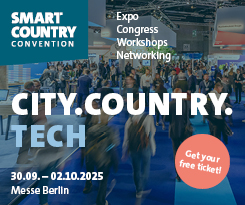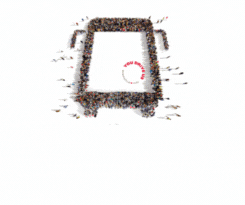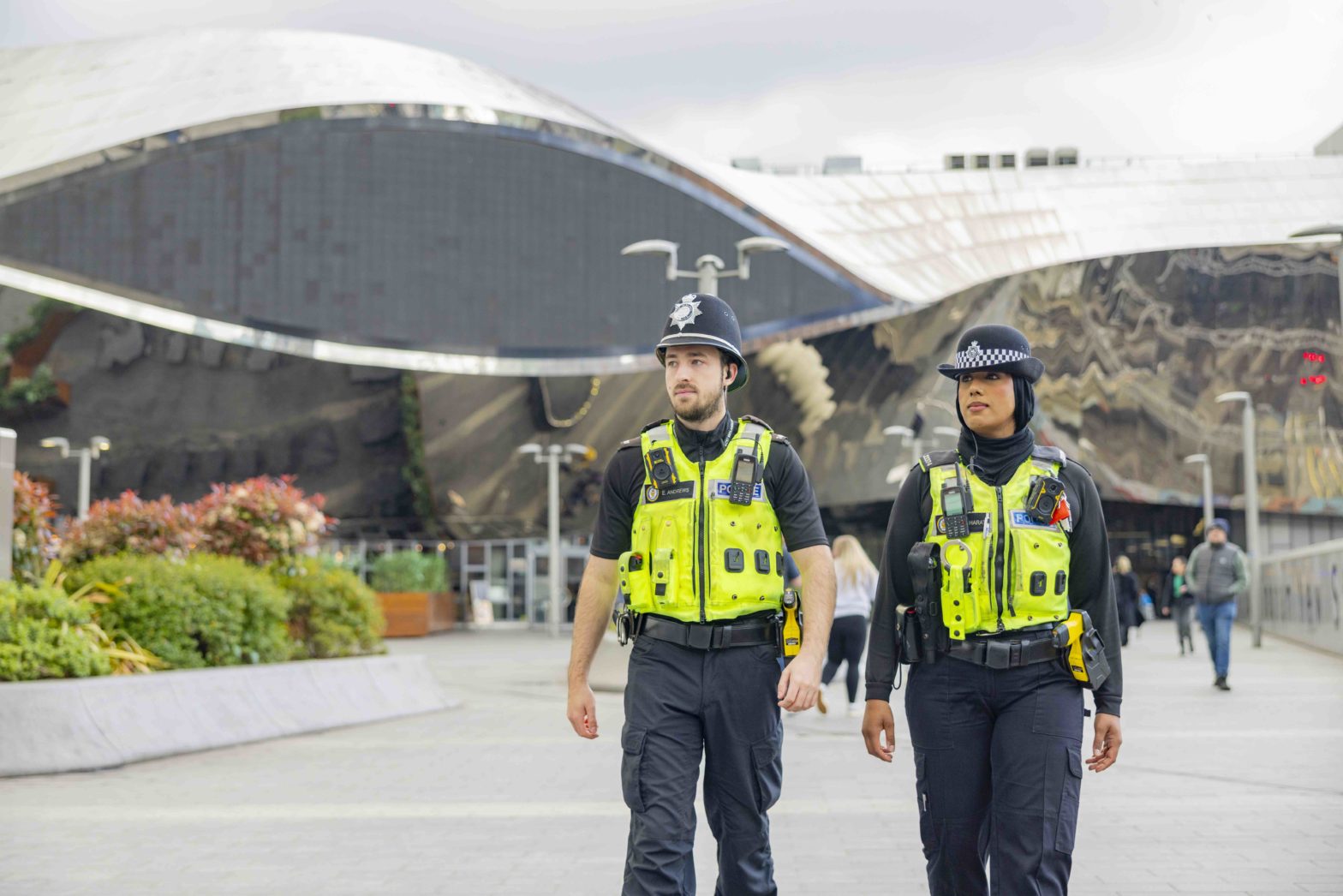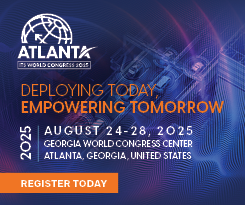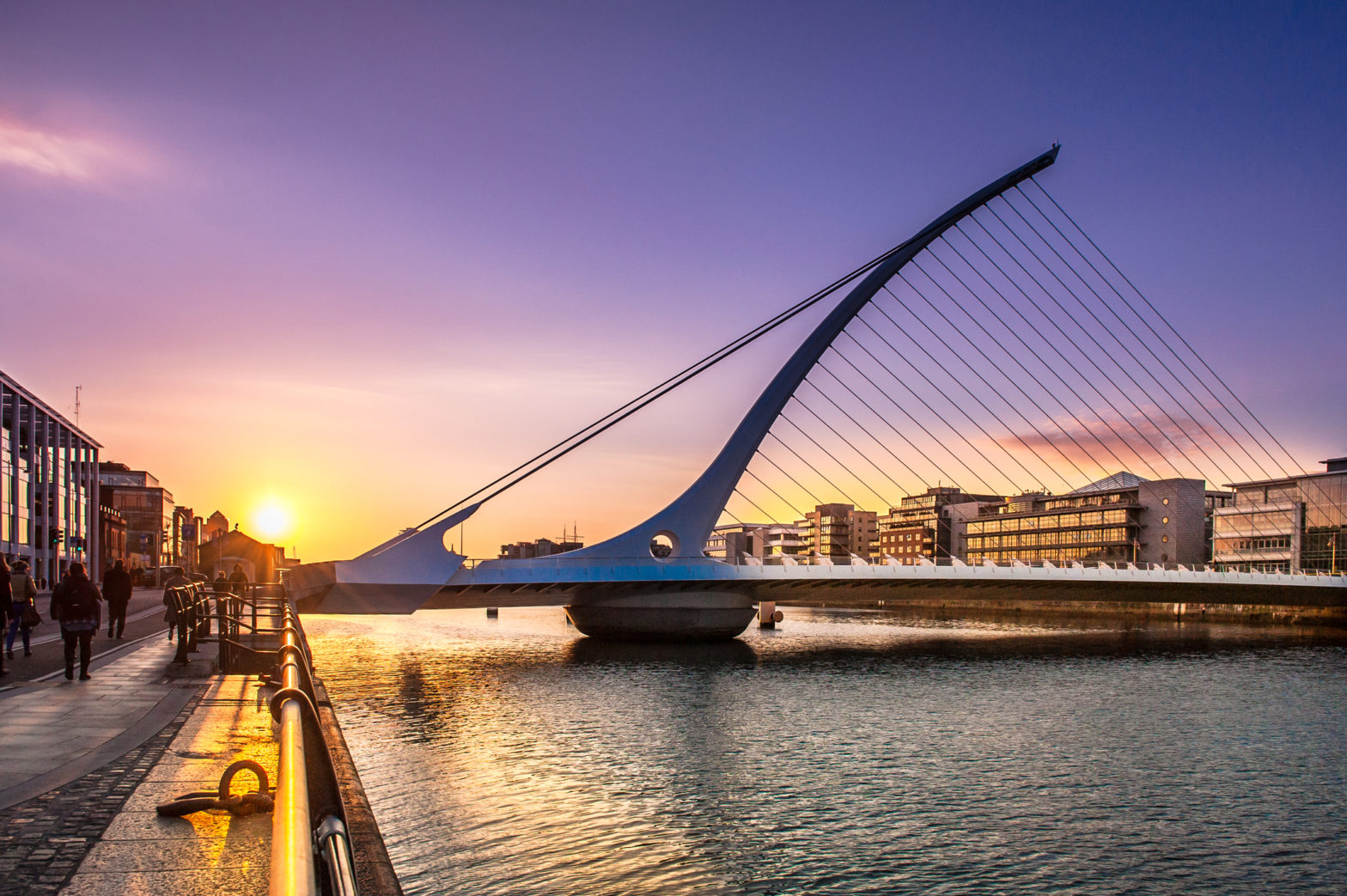
Dublin campaigns to “demystify” telecoms infrastructure
18 February 2025
by Jonathan Andrews
The Irish capital’s four local authorities have teamed up with CONNECT Research Ireland and Smart Dublin to launch “Telecoms for Everyone,” an initiative aimed at clarifying telecoms infrastructure and promoting better digital connectivity across the city.
By providing clear, fact-based information about 5G and fibre broadband, the campaign seeks to enhance public understanding, create new opportunities, and address safety concerns, across Dublin City Council, Fingal County Council, Dún Laoghaire-Rathdown County Council, and South Dublin County Council.
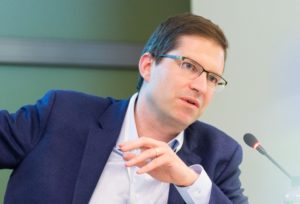
“We needed to reset the narrative that as your local authority, we are fully supportive of telecoms investments across the city,” Jamie Cudden, Smart Cities Manager, Dublin City Council, told Cities Today. “We know that residents might have concerns, but we want to encourage everyone to check trusted sources before making up their mind on new deployments in the local area.”
The initiative comes in response to growing resistance to telecoms infrastructure projects across Dublin.
“We have seen a lot of pushback and negativity around these deployments, with groups mobilising locally to oppose their installation,” Cudden noted. “We found that when we engaged councillors, elected representatives, and resident groups, and provided them with information on the purpose of the investments and how they would improve mobile coverage, it made a big difference.”
The councils have pointed concerned residents to trusted environmental and health resources around the monitoring of mobile sites and emissions, which are all openly available via the national regulator ComReg and the Environmental Protection Agency (EPA).
“This helped build trust, as previously all they would have seen was an application from a telecoms infrastructure company that they may have never heard of before,” Cudden added. “We even considered how installation crews could use QR codes to redirect any concerns to these resources. Also, the operators could refer to this information in the planning application or site notice.”
Cudden emphasised the importance of local authority leadership in the initiative, rather than become industry-led. The campaign has partnered with CONNECT Research Ireland Centre for Networks and Future Connectivity to provide an independent academic perspective to bring greater credibility and to ensure that information is unbiased and based on scientific evidence.
“We hope this will be proactively used by industry, politicians, and elected representatives. The feedback to date has been overwhelmingly positive from everyone we have engaged on this,” he added. “While we don’t build the commercial telecoms networks, we work closely with industry and mobile operators to ensure that Dublin has world-class connectivity.”
The local authorities are now exploring policy changes and collaborations to enhance digital infrastructure. This includes the telecoms unit which is delivering multiple projects like leveraging better data in partnership with Ookla, mapping mobile performance across the city, and providing more consistent ways to access city council assets for digital connectivity.
Image: Altezza | Dreamstime.com


